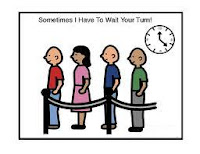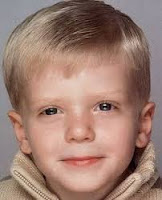How To Write Social Stories for Your Autistic Child & Why They Are Super Important

"What exactly is a social story, and how do you write an effective one for children with autism?" A social story is a frequently used method to teach social skills to kids with ASD Level 1, or High-Functioning Autism. A social story is a non-coercive technique that presents social concepts and rules to kids in the form of a brief story. This method can be used to teach a number of social and behavioral concepts (e.g., making transitions, playing a game, going on a field trip, etc.). There are four major components that are crucial to a successful social story. The story should: be commensurate with the child’s ability and comprehension level be something the youngster wants to read on his or her own be written in response to the youngster’s personal needs use less directive terms (e.g., “can” or “could”) rather than more directive terms (e.g., “will” or “must”). Making sure the story has all four components is especially important for kids who tend to be
